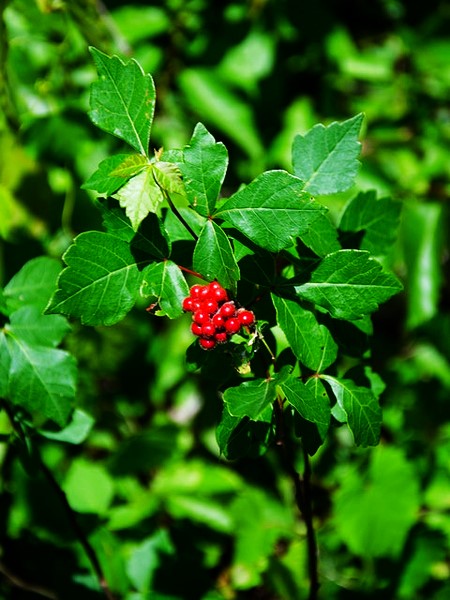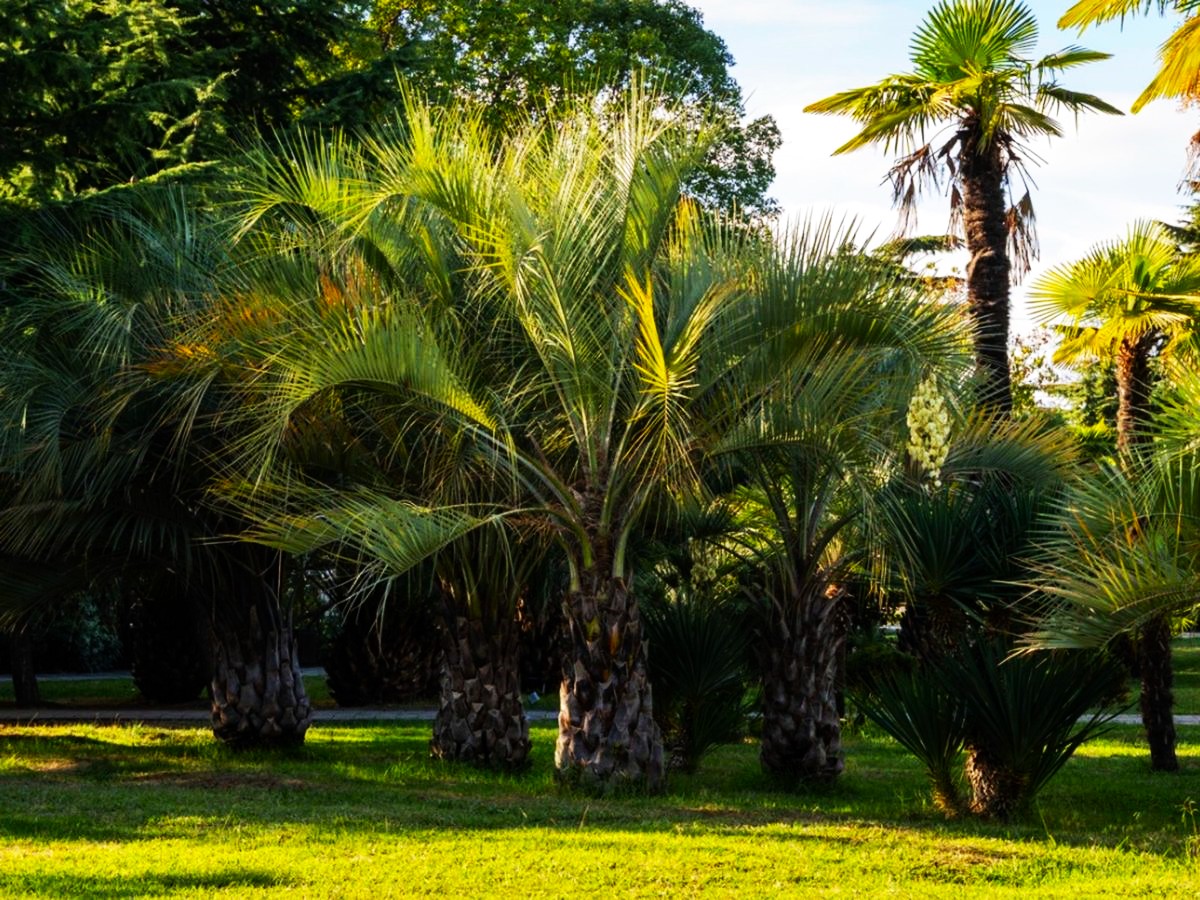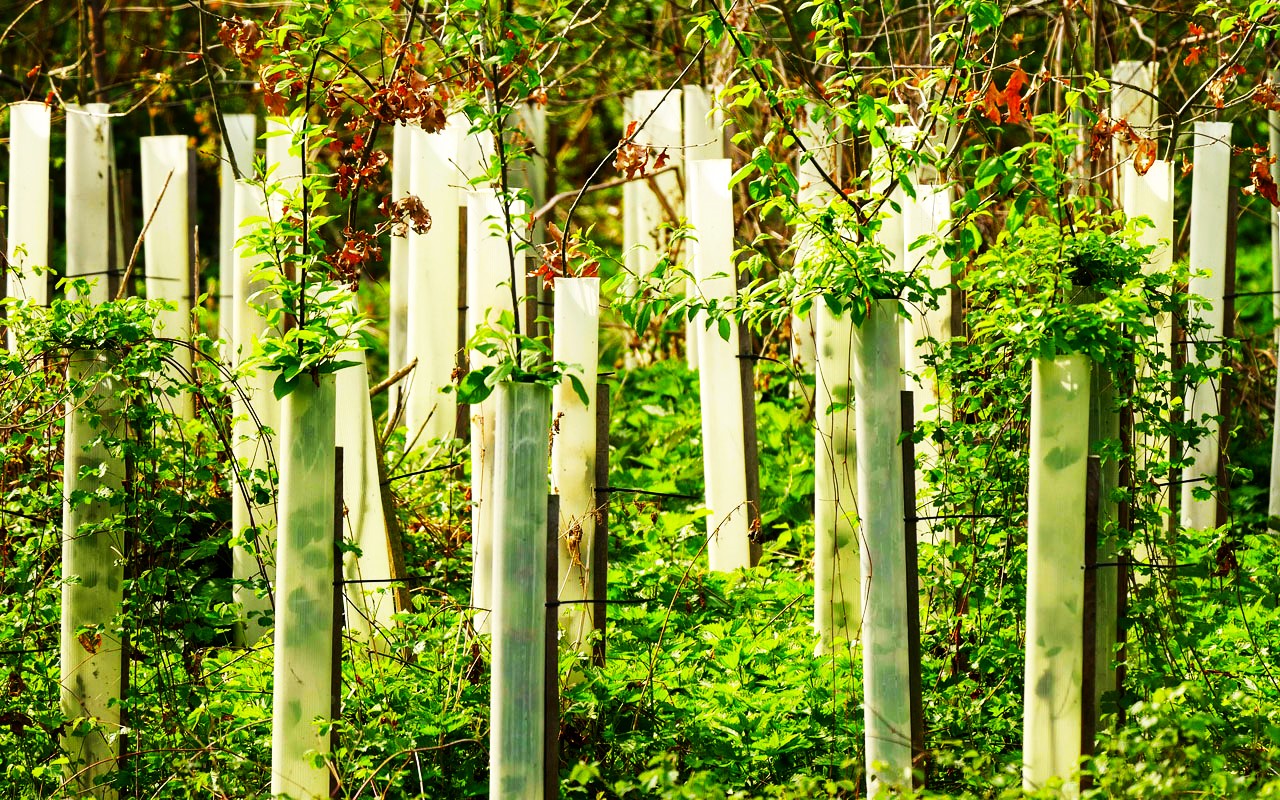Fragrant Sumac Growing Tips

If you’ve never experienced the delightful surprise of fragrant sumac, get ready. This native plant is a deciduous shrub with a low growth rate. It grows from a compact crown, forms thickets in nature via underground rhizomes, and spreads widely by way of its sprawling branches.
In the summer, this type of sumac bears flowers that are both male and female. Throughout the entire winter, the male catkins stay on the branches. The attractive female flowers yield clusters of red berries that draw in wildlife. The deep green leaves of the shrub, which turn brilliant shades of red, orange, and purple in the fall, are its primary decorative feature.
Why is sumac “fragrant”? When bruised, the leaves and twigs release an intense scent. It draws a wide variety of wildlife, such as luna moths and butterflies. Small mammals such as raccoons, possums, and chipmunks, as well as birds like flickers, robins, and turkeys, adore the berries.
Aromatic Sumac Care
Aromatic sumac is a native shrub that doesn’t need much attention or coddling. This hardy plant can withstand sun or partial shade, wet or dry soils as long as they drain properly, drought, erosion, nibbling by rabbits, raccoon, opossum, and chipmunk activity, and it can even withstand the presence of black walnuts close by. When dormant, it can withstand temperatures as low as -25 degrees Fahrenheit.
Water and Lighting Needs
As is often the case with opportunistic native shrubs, the fragrant sumac is highly tolerant of light and water. This versatile shrub can be grown in either full or partial shade, but it shouldn’t be placed where it will receive more than six hours of direct sunlight per day. Water frequently but sparingly.
Needs for Soil & Fertilizer
The fragrant sumac grows easily in nearly any soil that drains properly. Don’t skimp on the drainage, though, as too-wet soil will cause root rot. Fertilizer is neither recommended nor necessary.
Issues, Insects, and Illnesses
Given the resilience of native pioneer species, it is not surprising that the shrub has no significant insect pest or disease problems. It is a mistake to try to grow it in damp soil, and the absence of drainage can kill the plant. Fragrant sumac occasionally experiences problems with rust, leaf spots, scales, aphids, or mites.
Spreading Aromatic Sumac
Fragrant sumac can be grown from seeds, cuttings, or root cuttings. It is necessary to pre-soak seeds in hot water for about 24 hours. Subsequently, the seeds can be planted in a cold frame in the early spring. While root cuttings should be taken in December, cuttings should be taken in the summer.
Aromatic Sumac Types
There is only one cultivar that is widely grown in cultivation, and that is Gro-Low (Rhus aromatica Grow-Low), a selection that spreads widely and grows slowly. Gro-Low sumac is an effective erosion control plant for slopes. While the cultivar Konza has a beautiful growth form and provides good cover for wildlife, Gro-Low fragrant sumac is much easier to find in stores.





